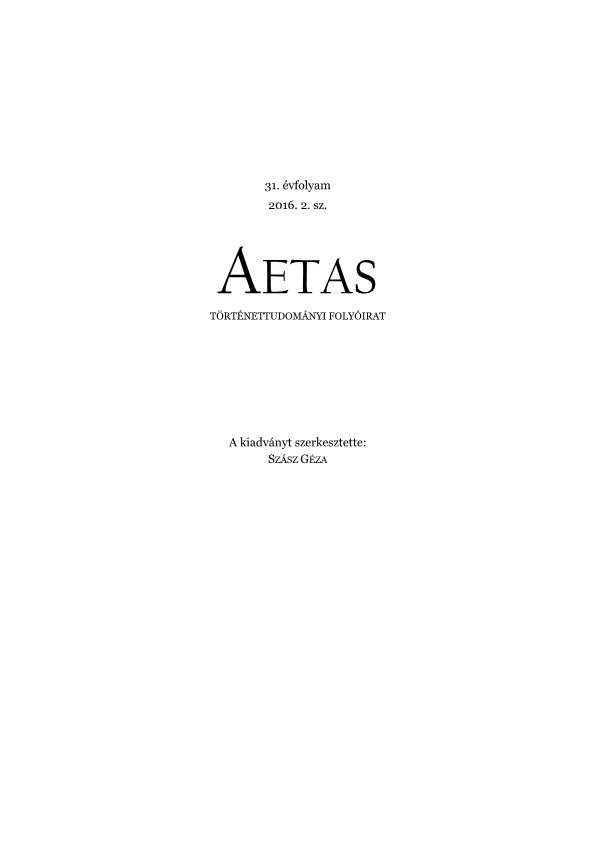Hamvasztás Magyarországon. A debreceni krematórium rövid története
Cremation in Hungary. A Short History of the Crematory in Debrecen
Author(s): Szilvia PolgáriSubject(s): Recent History (1900 till today)
Published by: AETAS Könyv- és Lapkiadó Egyesület
Summary/Abstract: Advocated in Western Europe, the modern concept of cremating the deceased became known to Hungarian progressive thinkers at the end of the 19th century, although it was only between the two World Wars that the first crematory was opened in the city of Debrecen. The most pronounced objections against cremation were formulated primarily by the Catholic Church, but neither did the Protestant and Jewish churches support the first steps. In the meaningful debates historical, legal, esthetic, public health-related as well as economic factors were lined up, but throughout the controversy that lasted for seventy years the most important goal of the Catholic Church remained the same: to preserve its privileges; while the communist regime focused on wiping these out. It is important to note that during its short reign, the Revolutionary Governing Council ratified a cremation bill but it lacked the means and the infrastructure for its practical implementation. Another crucial thing to keep in mind is that although the city council of Budapest wanted the capital to be the first city in the country to have a crematory, they could not attain their goal due to the objections of the Catholic majority. For this reason, Budapest did not have the priority over Debrecen, a Protestant city enjoying the homogenous support of its leadership and inhabitants. By the beginning of the 1950s, the communist leadership finally managed to silence the objections of the church, but the construction of the crematory in Debrecen was already concluded in 1932 owing to the city’s previous leadership and the outstanding work of József Borsos. The Council of Ministers had nothing else left to do than rectify the cremation bill, which was done in 1951 by the interior ministry. At the beginning of the 1960s, a shift in the reviving Catholic Church’s viewpoint began to unfold as a result of which cremation was deemed acceptable. In the years following the millennium, altogether there were ten crematories nation-wide, providing the burial service preferred by approximately one third of the population.
Journal: AETAS - Történettudományi folyóirat
- Issue Year: 2016
- Issue No: 2
- Page Range: 83-103
- Page Count: 21
- Language: Hungarian

